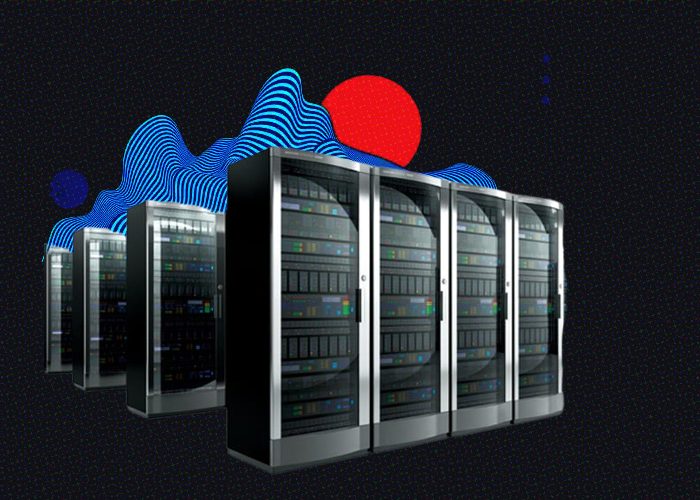
India is on track to emerge as the global leader in cloud computing and data centers! The Ministry of Electronics and IT announced on Thursday, December 8, that it expects India’s digital economy to rise from $200 billion in 2017–18 to an astounding $1 trillion by 2025.
India now boasts the fifth-largest economy in the world, surpassing the UK. It is going through the transition from a developing market economy to an emerging one. In this journey, Digital India has played and will continue to play a significant role.
More recently, India has seen exponential development in digital commerce, digital entertainment, and social media use, with more than a billion smartphones and more than 700 million internet subscribers. Additionally, India already has the highest mobile data consumption rates in the world, and those rates are only rising.
Utilizing the cloud and data centres
Strong data centres are required as India’s digital population increases. A data centre is a designated, protected area within a centralised site where networking and computing resources are concentrated with the goal of gathering, storing, processing, distributing, or providing access to huge volumes of data.
India is dedicated to becoming a hub for global data centres and a digital economy. It is advancing technologically, and in recent years, a significant movement from traditional forms to digital platforms has taken place. The transition is seen in everything from e-payment to digital universities, from roadways to Krishi platforms. In addition, the government is concentrating on developing a digital talent ecosystem in accordance with market demands.
The Budget for 2022 noted the delivery of digital and high-tech services to farmers through public-private partnerships (PPPs), the establishment of a digital university, the launch of the Digital Ecosystem for Skilling and Livelihood to support online training, and the implementation of the National Digital Health Ecosystem in the healthcare sector.
Additionally, 75 Digital Banking Units will be established by Scheduled Commercial Banks in 75 districts, and 100% of post offices will be connected to the core banking system, among other things. Additionally, the Budget includes a proposal to add data centres to the unified list of infrastructure.
The installed electricity capacity for data centres in India is now estimated to be around 499 MW, and by 2023, that capacity is expected to increase to 1007 MW.
In light of this, the Ministry of Electronics and Information Technology put forth a draught data centre policy in 2020 with the goal of making India a global hub for data centres, encouraging investment in the field, fostering the expansion of the digital economy, enabling the provision of reliable hosting infrastructure, and facilitating the provision of cutting-edge services to the general public.
Data centres’ proportion in other economies
There were around 8,000 data centres worldwide as of January 2021, according to statistics from 110 countries provided by CloudScene. Six of these nations—the United States (33% of the total), the United Kingdom (5.7%), China (5.2%), Germany (5.5%), Canada (3.3%), and the Netherlands (3.4%)—are home to the bulk of data centres.
Additionally, around 64% of the data centres are found in nations that are members of the North Atlantic Treaty Organization (NATO), and nearly 77% are situated in OECD member states.
What does the digital economy offer young people?
All economic activities that take place online are collectively referred to as the “digital economy.” It is built on digital and computing technology and focuses on digital technologies. For the younger generation, a digital economy promises increased business options, employment opportunities, improved public services, a quickening of e-commerce, and more.
Additionally, it improves e-governance transparency and provides the path for services and government processes to be delivered and resolved more quickly.











